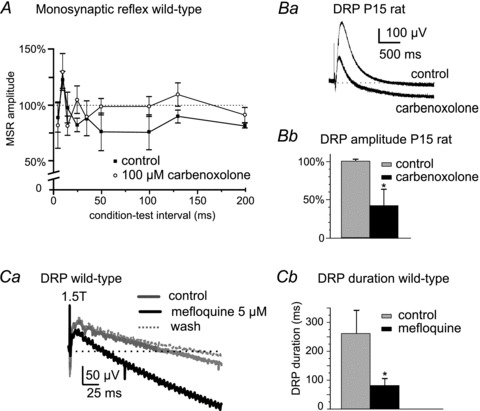Figure 5. Gap junction blockers reduce presynaptic inhibition of the MSR and DRP amplitude in wild-type mice.

A, plot showing prolonged inhibition of the L3 MSR produced by L2 stimulation at conditioning–test intervals >50 ms in P9 wild-type mice (filled symbols) and abolition of this long-lasting MSR inhibition by carbenoxolone (open symbols, n = 3). Ba, example of the depressive actions of carbenoxolone on a DRP recorded in L4 and evoked by 2T stimulation of the third lumbar dorsal root in a P15 rat. Bb, summary of effects of carbenoxolone on DRP amplitude in P15 rats (n = 7). Ca, depressant action of the gap junction blocker mefloquine (5 μm) on a DRP evoked at 1.5T in a P9 wild-type mouse (grey trace, control; black trace, mefloquine). DRP amplitude returned to control levels after washout of mefloquine (dotted trace). Cb, summary of depressant actions of mefloquine on the DRP duration evoked at 1.5T in P9 wild-type mice (n = 6). *P < 0.05.
